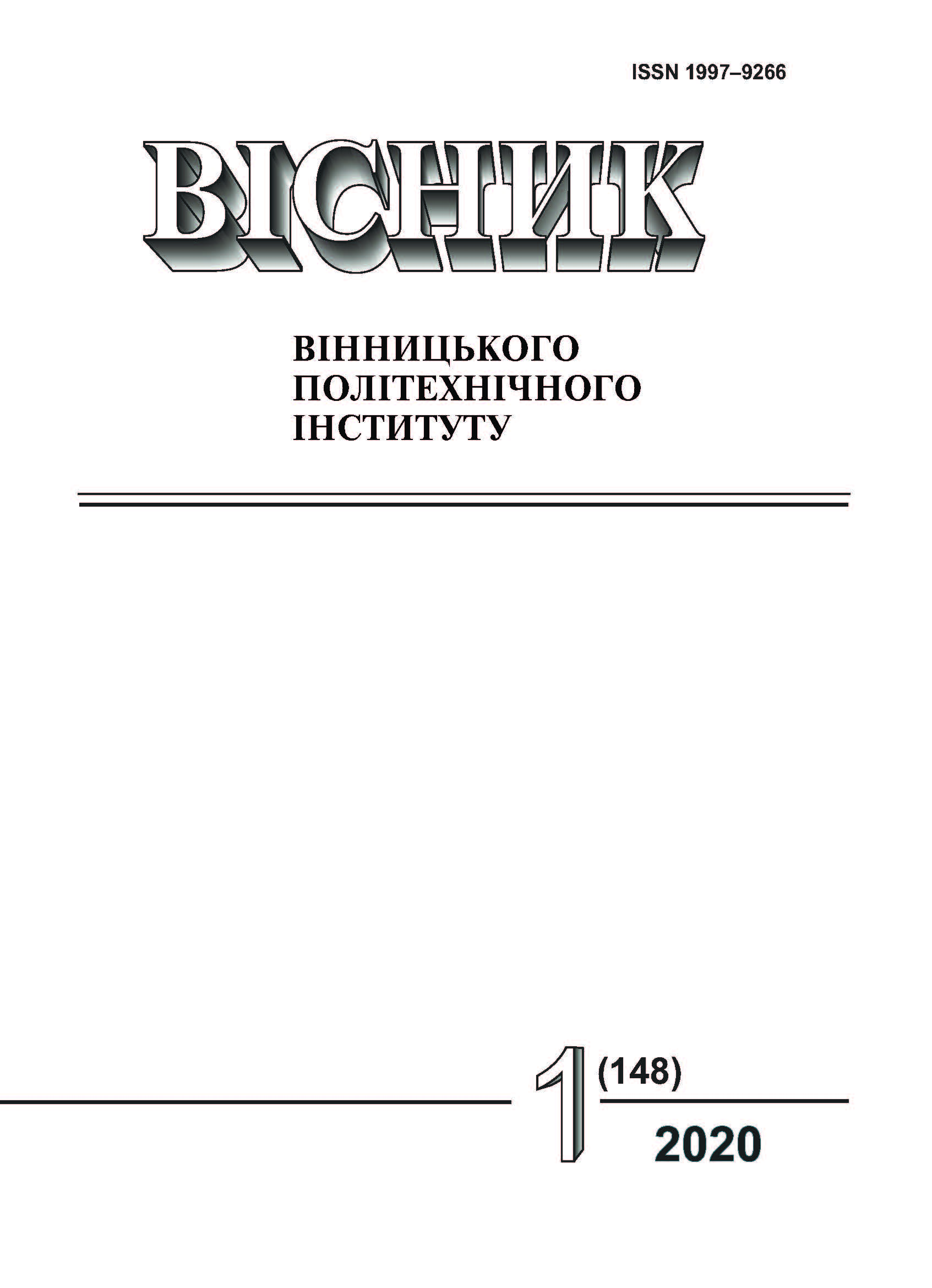Development of Mathematical Models for Assessing the Effective Speed of Information Transmission in Space Rooms for a Wireless Channel of 802.11 Standard
DOI:
https://doi.org/10.31649/1997-9266-2020-148-1-110-115Keywords:
wireless channel, 802.11 standard, effective data rate, signal strength, spatial modelAbstract
The main structural unit of 802.11 standard networks is the wireless channel. Its characteristics are affected by a large number of destabilizing factors. The most reliable way to assess such factors is through experimental studies and the creation of empirical models based on them. The use of such models makes it possible to predict the efficiency of channels at the design stages and when connecting to networks for fixed and mobile subscribers.
The paper proposes new empirical models for assessing the effective data speed based on the measurement of the signal input parameter of the receiver input for any 802.11 standard wireless channels. The peculiarity of the models is the use of spatial distribution of the signal for different types of rooms with geometric dimensions up to 40×20 m. This takes into account the most common cases of construction of wireless networks: angular and central location of the access point. The models obtained take into account signal fluctuations and the maximum possible number of destabilizing factors.
The study of the obtained models showed the correspondence of the highs and lows of the fluctuations of the spatial distribution of the signal power to the fluctuations of the effective data speed. It is established that for the 5 GHz frequency band there is a greater decrease in the characteristics of the effective speed of information transmission from a distance, as well as its greater value relative to the 2,4 GHz band. This confirms the sufficiently high load of the 2,4 GHz band by interference and noise interference. The presence of destabilizing factors in the channel and the dependence of the signal level on the location of the subscriber device in space relative to the access point, is taken into account by measuring the signal power at the input of the receiver.
The reliability of the assessment of the spatial models depends on the linear regression coefficients and the signal attenuation coefficients, which are determined experimentally. This can be attributed to the disadvantages of the models, assumes that the assessment error occurs when the geometry and the number of objects of the room change. It is possible to minimize this disadvantage by creating a database of studies of various destabilizing factors with the introduction of correction coefficients.
Downloads
-
PDF (Українська)
Downloads: 186
Published
How to Cite
Issue
Section
License
Authors who publish with this journal agree to the following terms:
- Authors retain copyright and grant the journal right of first publication.
- Authors are able to enter into separate, additional contractual arrangements for the non-exclusive distribution of the journal's published version of the work (e.g., post it to an institutional repository or publish it in a book), with an acknowledgment of its initial publication in this journal.
- Authors are permitted and encouraged to post their work online (e.g., in institutional repositories or on their website) prior to and during the submission process, as it can lead to productive exchanges, as well as earlier and greater citation of published work (See The Effect of Open Access).





